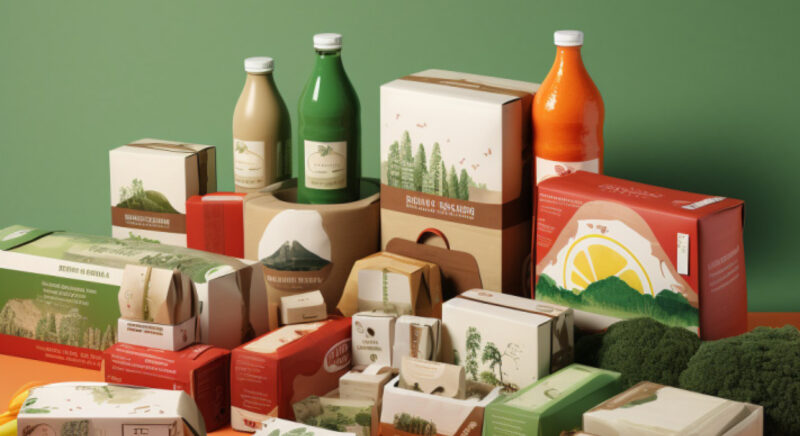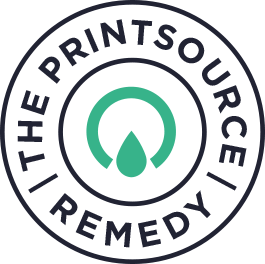In the age of heightened environmental consciousness, scale-up food brands are facing a significant challenge: meeting the sustainability demands of consumers while maintaining the integrity of their print packaging. The journey towards sustainable packaging involves a holistic approach, touching every stage from the concept to the consumer purchase.
1. Sourcing Sustainable Materials
The foundation of sustainable packaging lies in the materials used. Food brands can explore a range of eco-friendly options such as biodegradable plastics, recycled paper, and compostable materials. By prioritising materials that leave a lighter ecological footprint, brands can align their packaging choices with the growing demand for sustainability.
2. Reducing Carbon Footprint
Sustainability extends beyond materials to the entire production process. Brands can minimise their carbon footprint by optimising transportation routes, using energy-efficient manufacturing processes, and investing in renewable energy sources. A reduced carbon footprint not only benefits the environment but also resonates positively with environmentally conscious consumers.
3. Eco-Conscious Partnerships
Collaborating with suppliers and partners who share a commitment to sustainability is a crucial step in the journey. This could involve working with packaging manufacturers that prioritise eco-friendly practices, sourcing ingredients from sustainable farms, or engaging in partnerships that support environmental causes. These alliances reinforce the brand’s dedication to sustainability throughout its supply chain.
4. Educating the Consumer
Sustainability efforts are most effective when they are transparent and communicated to consumers. Food brands can use their packaging as a tool for education, providing information about the eco-friendly choices made in the packaging process. This not only builds trust but also empowers consumers to make environmentally conscious choices.

Find out how we helped The Protein Balls Co become a household name
5. Innovative Design for Disposability
Sustainable packaging goes beyond the shelf; it extends to the end of a product’s life cycle. Brands can explore innovative design concepts that facilitate recycling, upcycling, or composting. This ensures that even after serving its primary purpose, the packaging continues to contribute positively to the environment.
6. Community Engagement for Sustainability
Building a community around sustainable practices can amplify the impact of food brands. Engaging consumers through social media campaigns, events, and partnerships with environmental organisations can create a shared sense of responsibility for the planet. This community-driven approach not only enhances the brand’s reputation but also fosters a collective commitment to sustainability.
In conclusion, the journey towards sustainable packaging for food brands involves a comprehensive strategy that begins with sourcing materials responsibly and extends to engaging consumers in a shared commitment to the environment. By embracing sustainability from the farm to the consumer’s fork, these brands not only meet the demands of environmentally conscious consumers but also contribute to a healthier planet for future generations.




